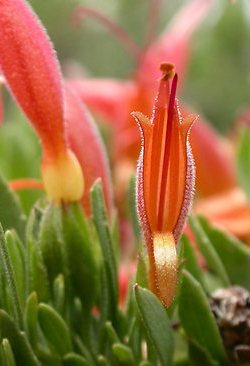Update adds Aboriginal names
 Indigenous ecological names have been added to a scientific language exchange.
Indigenous ecological names have been added to a scientific language exchange.
The Atlas of Living Australia (ALA) has added 2,500 native plant and animal names in a number of Australian Indigenous dialects.
The ALA, which is hosted by Australia’s national science agency, CSIRO, worked with Yugul Mangi Rangers in South-East Arnhem Land and Macquarie University on the project, adding language words in eight local languages and descriptions for 295 species.
The new Indigenous names and transcriptions are intended to increase data accessibility and strengthen researchers’ and Australians’ connection to Traditional Owner knowledge and language.
The newly-updated species names are searchable in the ALA, both by their Indigenous language name and western names (Latin and common).
The project celebrates the Kriol, Marra, Ritharrηu/Wӓgliak, Ngandi, Wubuy, Ngalakgan, Alawa and Rembarrnga languages which are now included in the ALA.
Yugul Mangi Assistant Ranger Coordinator Julie Roy, who speaks Ngalakgan and Ngandi languages, says the work not only offers shared scientific benefits but also helps support keeping local languages alive.
“It was very interesting for me to learn both the scientific names and local language names for the species and it's also good for the kids to be able to search these species online to learn more about local languages,” Ms Roy said.
Macquarie University project lead Emilie Ens said working with local communities reinforced the long-standing traditions and knowledge of First Nations Peoples in effective environmental management.
“This knowledge, often encoded in language, is an important part of Australia’s natural and cultural heritage,” Ms Ens said.
“By showcasing these names and knowledge in the ALA, we are recognising the deep traditions of Australia’s First Nations Peoples which is long overdue yet is increasingly seen as essential for effective management of Australia’s environments,” she said.







 Print
Print